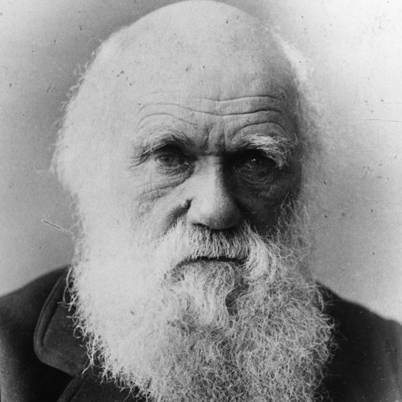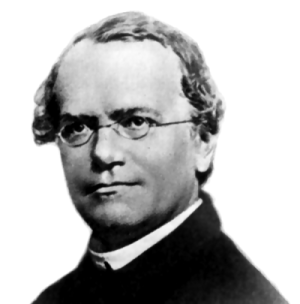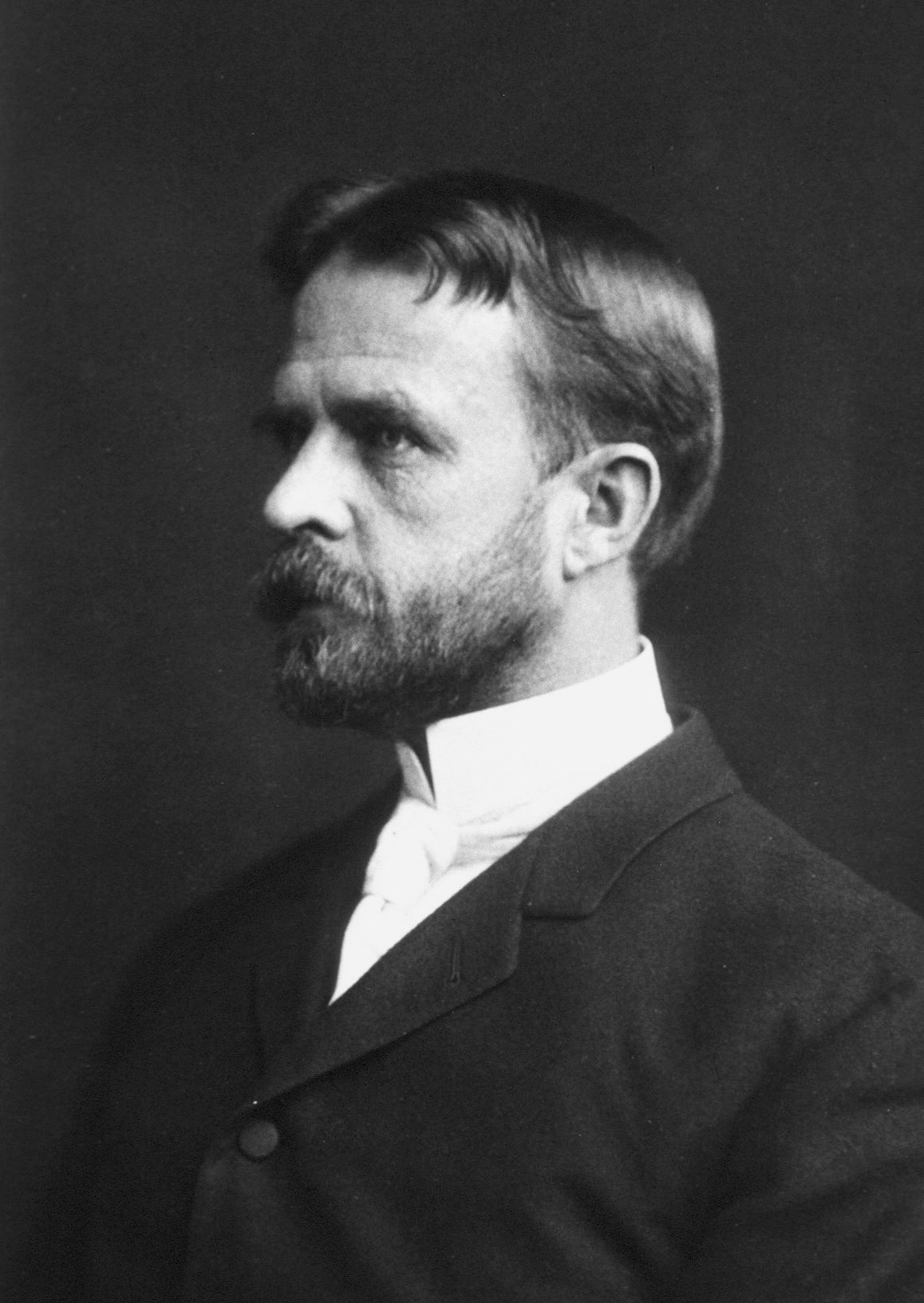There is no question that when it comes to understanding what cows will transmit and what cows will not, it is an enigma wrapped in a conundrum. There is much that we don’t know and some would argue it is not meant to be known. The problem is, for those of us with a passion for breeding great dairy cattle, we want to know it all. For that I turn to the three greatest genetic geniuses in the history of the world, Darwin, Mendel and Hunt (No they are not a law firm).

Charles Darwin
Ask anyone in the world to name a geneticist and the first name that comes to mind has to be Charles Darwin. No better demonstration of Darwin’s theory of evolution exists in the world than in dairy cattle breeding. While there is no question that artificial selection and selective breeding exist on a daily basis, a cow’s ability to reproduce and produce milk leads to a natural level of selection that epitomizes Darwin’s theory. “The laws governing inheritance,” Darwin wrote, “are for the most part unknown.” Moreover, while many modern geneticists have theories about the tendencies of the modern Holstein cow, their genetic transmission pathways in large part remain a mystery to this day.

Gregor Mendel
Then along came Gregor Mendel who introduced the concept of “genes” to explain heritability. Mendel changed the whole way we look at breeding when he introduced the theory that the chromosome is the carrier of genetic traits. He also explained why a trait can disappear in one generation and reappear in the next and why these traits occur in a three-to-one ratio. One of Mendel’s disciples, three quarters of a century later, was Thomas B. Macaulay. Macaulay conducted his own studies, on his Mount Victoria Farms (Read more: Mount Victoria Farms – The art and science of great breeding).

Thomas Hunt Morgan
Then along came Hunt. Well, more specifically, Thomas Hunt Morgan, but my ego wouldn’t let this go as my name is Andrew Morgan Hunt (Read more about my ego: I’m Sorry But I’ve Had Just About Enough Of… ). In research that is now reproduced by grade 9 science students around the world, Morgan introduced the concept of X and Y-chromosomes. Morgan concluded that a female has two X chromosomes and that males have both X and Y-chromosomes. He also posited that the male of the species, because of the presence of the Y chromosome, transmits differently than the female.
To get a better understanding of this, let’s look at this from both sides of the story.
His side of the story (XY)
If you look at Holstein bulls throughout history you find four distinct patterns:
- Great daughters but no legacy sons
These are the bulls that sired amazing brood cows but none of their sons were able to continue their genetic legacy. Examples are Hanover-Hill Triple Threat, Carlin-M Ivanhoe Bell, and Braedale Goldwyn. They all were able to sire brood cow daughters beyond compare, but no real sons to advance that genetic legacy. Why did these sires seem to produce better on the female side than that of the male? For that we need to turn to Morgan and his X and Y chromosome theory. Since the Y chromosome is the only one that is inherited solely via the paternal line, this leads some geneticists to believe that it carries little genetic information, and as a result a great sires genetic legacy rest more with his daughters than with his sons. Therefore, with this first group of sires it is thought that much of their genetics were transmitted on the X chromosome rather than the Y. - Great sons but not as many brood cows
Bulls that sired outstanding sons but never produced a top daughter. A couple of great examples of this are Montvic Rag Apple Sovereign, Maizefield Bellwood and O-Bee Manfred Justice. All of these sires have left outstanding sons, but are not found as often in the maternal sire stack of the great sires. There is no question as to their genetic contribution to the breed, but it was more as a sire of sons than their ability to leave an equal number of brood cows. - Sons and daughters both extraordinary
These are the sires that have gone down in history as the all-time greats. Sires like Johanna Rag Apple Pabst, Governor of Carnation, Montvic Chieftain, Wisconsin Admiral Burke Lad, A.B.C. Reflection Sovereign, Round Oak Rag Apple Elevation, Pawnee Farm Alrinda Chief, Walkway Chief Mark, Hanoverhill Starbuck, Madawaska Aerostar and Maughlin Storm. These are the bulls that not only displayed personal greatness but were also able to transmit both outstanding brood cows as well as legacy sons. - Sons and daughters that were inferior
Sons and daughters that are both below average. These bulls left inferior daughters and as a result were never even given the chance to produce sons. Bulls in this category are too numerous to mention and loads of their daughters go to the slaughterhouses every day. No explanation necessary other than a lack of genetic merit and here enters the need for genomics (Read more: The Truth About Genomic Indexes – “Show Me” That They Work).
Her side the story (XX)
The female side of the story uses the same four distinct groups.
- Great daughters but no legacy sons
These are cows with outstanding female descendants but undistinguished males. Great examples of these are the cow families of Hanover Hill Papoose, Krull Broker Elegance and Plunshanski Chief Faith. They all were able to leave outstanding female descendants generation after generation, but were never really able to accomplish the same feat on the male side of the story. - Great sons but not as many brood cows
These are the cows with potent transmitting sons, but daughters who didn’t outperform the average. Examples of these are Wylamyna Tidy Kathleen (dam of Sir Bess Tidy and Sir Bess Ormsby Tidy Fobes) Lakefield Fobes Delight (dam of Lakefield Fond Hope, Lakefield Fond Delight Fobes and Carnation Royal Master) and Pawnee Farm Glenvue Beauty (dam of Pawnee Farm Arlinda Chief). All of these cows had outstanding maternal lines but for some reason were just not able to transmit that legacy through their daughters. - Sons and daughters both extraordinary
Among the females in this category are Glenridge Citation Roxy, Mil-R-Mor Roxette, Comestar Laurie Sheik, Braedale Gypsy Grand and Snow-N Denises Dellia. - Sons and daughters that were inferior
Cows who, in terms of influence, failed to produce anything worthwhile. Blame it on lack of genetics, bad breeding, improper management, or just bad luck, these cows just didn’t influence the breed. We have all seen examples.
The Bullvine Bottom Line
There has never been a clear explanation of why some bloodlines seem to transmit better through maternal lines, others through the paternal, and still others do well in both. Even genomics does not answer this. There are high genomic animals that still have these same tendencies. Maybe if we could genomic test the genes on each chromosome we might find the answers? Until then Genetic Transmission in the Holstein Cow will remain a mystery.
To read more about this get a copy of The Holstein History by Edward Morwick and read the chapter on Inheritance Patterns.
Not sure what all this hype about genomics is all about?
Want to learn what it is and what it means to your breeding program?












